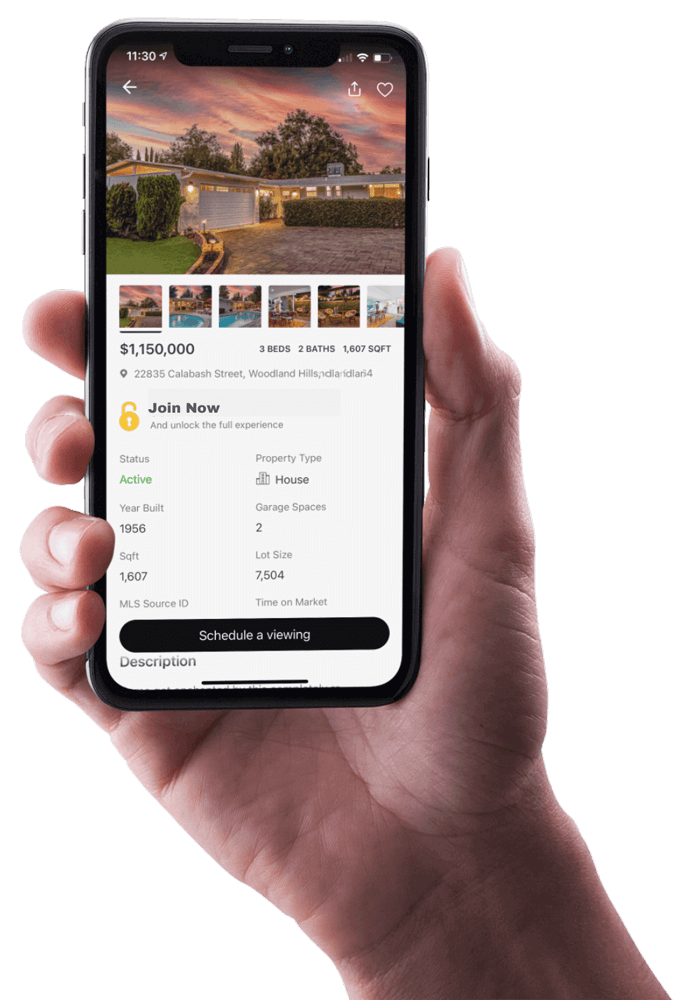How Plumbing Conditions Influence Property Value and Buyer Confidence
Plumbing systems play a key role in home inspections, buyer confidence, and long-term property value. Learn how infrastructure impacts real estate decisions.

In the dynamic Utah real estate market, many homeowners face the challenge of purchasing a new home before selling their current one. This scenario is especially common in tight inventory markets like Salt Lake City, Park City, or St. George, where desirable properties are scarce and move-in timelines are critical. Bridge loans offer a strategic financial solution that enables buyers to secure their next home without the immediate pressure of selling their existing property first.
This comprehensive guide explores how bridge loans work, their benefits and risks, and how Utah homeowners can leverage them to transition smoothly between homes. It also highlights practical strategies for buyers, sellers, and investors navigating the unique conditions of Utah's housing markets.
Many Utah homeowners find themselves in a predicament where they want to buy a new home but need the equity from their current house to finance the purchase. The traditional approach often involves listing the current home for sale first, then making an offer on a new property contingent on selling. However, this method can be problematic in Utah's competitive housing markets, where desirable homes can sell within days or even hours, and inventory remains limited.
The "anchoring effect" plays a significant role here. Many homeowners hold onto low mortgage rates—sometimes as low as 3% to 4%—making them hesitant to move unless they find the perfect next home. This reluctance leads to a shortage of available homes, further complicating the buying process.
Waiting for the right home to appear on the market can take months or even years, especially in sought-after areas like Salt Lake City or Park City. Meanwhile, selling a home prematurely can leave buyers scrambling for temporary housing or forced into less desirable purchases.
A bridge loan is a short-term financing option designed to "bridge" the gap between buying a new home and selling the current one. In Utah, these loans are becoming increasingly valuable as they allow buyers to make non-contingent offers—often viewed similarly to all-cash offers by sellers.
Here's how bridge loans typically function:
Because bridge loans are complex and not commonly offered by traditional banks, they often require specialized lenders familiar with the local Utah market. This financing strategy provides a critical advantage for buyers who do not want to rush their home sale or lose out on a rare buying opportunity.
Bridge loans provide several key advantages, especially in Utah's competitive and fast-moving housing markets:
Most sellers prefer offers without contingencies because they reduce the risk of a failed sale. In Utah, where homes in neighborhoods like Saratoga Springs or South Jordan can receive multiple bids, a non-contingent offer backed by a bridge loan stands out. It allows buyers to compete effectively against cash buyers and avoid losing out due to financing uncertainties.
Bridge loans typically allow up to a year to sell the current home. This extended period means sellers can avoid accepting a lowball offer just to close quickly. For example, a family moving to Utah's Heber City can take the time to stage and improve their home, potentially increasing its market value without the pressure of immediate sale.
Without a bridge loan, buyers often face the dilemma of selling first and then scrambling to find temporary accommodations. This situation can be stressful, costly, and disruptive—especially for families with children, pets, or special needs. Bridge loans eliminate the need for this interim step, providing peace of mind and stability.
Unlike traditional mortgage loans, bridge loans often have a simplified underwriting process. This means quicker approvals and closings, which is critical in fast-paced markets where delays can cost buyers their dream homes.
While bridge loans offer significant benefits, they are not without risks or costs. Understanding these factors is crucial before proceeding:
It is advisable for Utah buyers to carefully evaluate their financial position, market conditions, and personal goals before choosing this strategy. Consulting with experienced local professionals can help assess whether a bridge loan aligns with individual circumstances.
Consider a family in a seasonal market such as the mountain communities near Park City or Midway. If they do not sell their home by a certain date in the fall, they may need to wait until the following spring to list again, potentially losing months of market opportunity.
In one example, a seller received two competing offers: one contingent on the buyer selling their current mountain home, and another from a buyer using a bridge loan offering a quick, non-contingent close. Although the bridge loan offer was approximately 5% lower, the peace of mind and certainty led the seller to accept it. This illustrates how bridge loans can provide a competitive edge and reduce uncertainty for both parties.
For Utah residents planning to buy before selling, several strategies can maximize the benefits of bridge loans:
Understanding why and when a move is necessary helps determine if a bridge loan is appropriate. For example, relocating for a job, downsizing due to health reasons, or moving for school enrollment deadlines in districts like American Fork may justify the need for fast, flexible financing.
Experienced mortgage professionals and real estate agents familiar with Utah's neighborhoods and market nuances can facilitate bridge loan approvals and negotiate favorable terms. Their insight into seller motivations and market timing is invaluable.
Bridge loans come with costs, but these should be weighed against the value of securing the ideal home and avoiding temporary housing or rushed sales. Buyers should analyze the time value of money and their long-term financial plans.
Having the flexibility to wait means buyers can invest in necessary repairs, staging, or improvements to maximize sale price, particularly important in competitive Utah markets where presentation impacts offers.
From a seller's standpoint, offers contingent on the buyer selling their home can be frustrating and uncertain. In Utah's hot markets, such as South Jordan or Layton, sellers often receive multiple bids and prioritize those that minimize risk and expedite closing.
Non-contingent offers backed by bridge loans are typically favored because they resemble cash offers in speed and reliability. Sellers don't have to worry about appraisal contingencies or loan approvals falling through, which can delay or derail transactions.
Real estate professionals recommend strategies like setting a 24-hour accept-or-decline deadline on offers to maintain momentum and prevent bidding wars from escalating unnecessarily. This tactic can save buyers significant amounts by avoiding protracted negotiations and competition.
Utah's real estate market encompasses a wide range of buyer needs, from young families relocating to growing suburbs to retirees downsizing in peaceful communities like Midvale or Santa Clara. Bridge loans can be customized to fit these varied scenarios:
Each buyer should evaluate their financial situation, local market conditions, and long-term goals when considering a bridge loan.
Bridge loans are generally available in major Utah markets such as Salt Lake City, Park City, St. George, and surrounding areas. Availability depends on lenders who specialize in these products and understand local market dynamics.
Typically, bridge loans can close within 7 to 14 days, significantly faster than traditional mortgage loans, making them ideal for competitive offers.
Lenders will assess credit scores, debt-to-income ratios, and the equity in the current home. Buyers with substantial equity and stable income have a higher likelihood of approval.
Yes, bridge loans can be used for primary residences, second homes, or investment properties, but terms may vary depending on property type and location.
Borrowers may need to refinance, extend the loan, or carry two mortgages temporarily. It is important to have a clear exit strategy before proceeding.
Bridge loans present a powerful financial tool for Utah homeowners facing the challenge of buying a new home before selling their existing one. By enabling non-contingent offers, fast closings, and extended timelines for sale, these loans reduce stress, increase buying power, and provide flexibility in a competitive market.
Whether relocating to the family-friendly streets of American Fork, seeking mountain serenity in Park City, or investing in the growing communities of St. George, bridge loans offer a viable pathway to secure the right home on the buyer's terms.
Prospective buyers should carefully consider the costs, work with knowledgeable local professionals, and align their financing choices with their personal goals. With the right preparation and guidance, bridge loans can turn the daunting process of buying before selling into a manageable and even advantageous experience.
For more information on Utah real estate opportunities and strategies, visit bestutahrealestate.com and explore detailed neighborhood guides and market insights.
Are bridge loans available throughout Utah?
How long does it take to close a bridge loan?
What are the qualification requirements?
Can bridge loans be used for all types of properties?
What happens if the current home doesn't sell within the bridge loan period?
Access all your saved properties, searches, notes and more.
Access all your saved properties, searches, notes and more.
Enter your email address and we will send you a link to change your password.


Your trusted MLS search companion